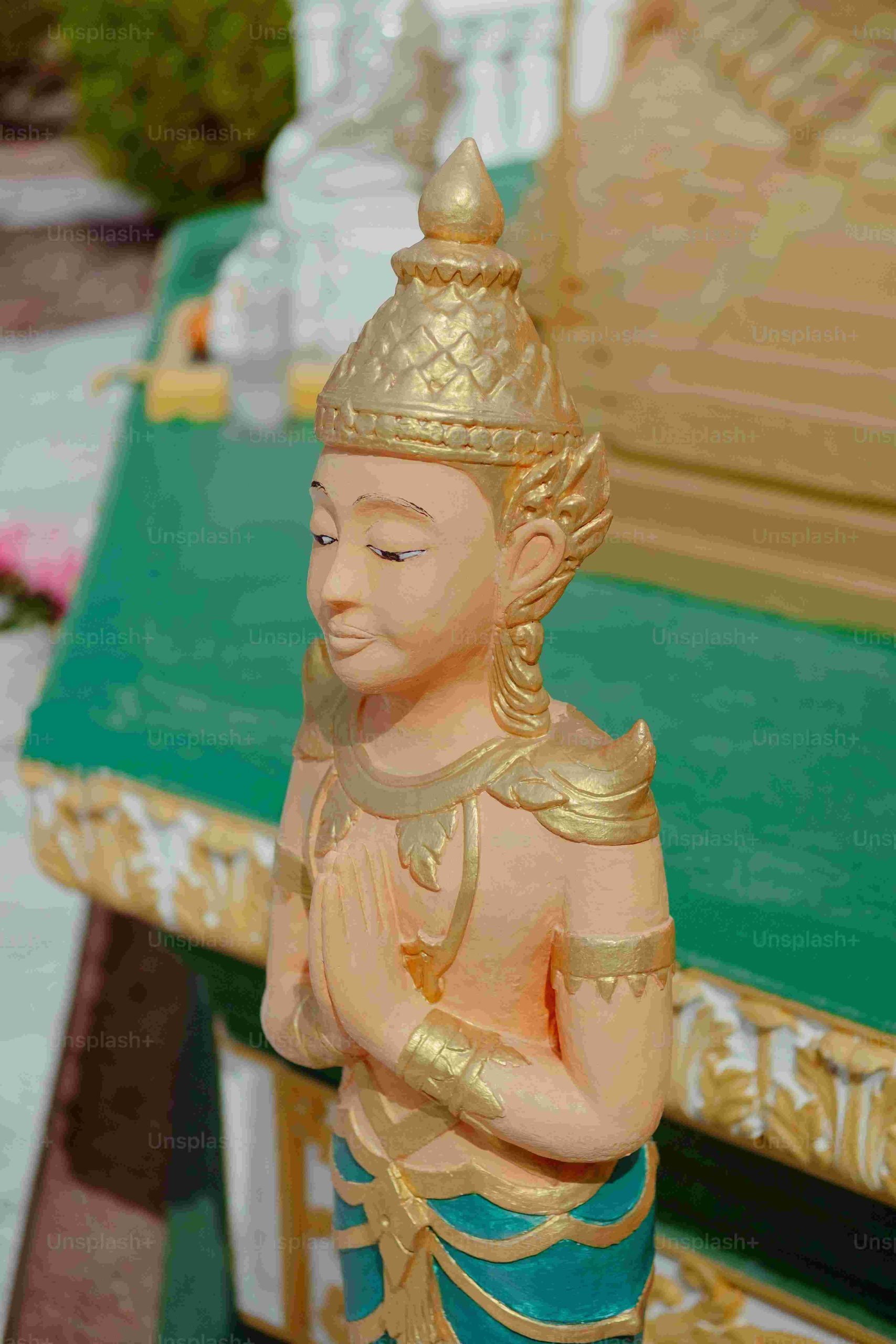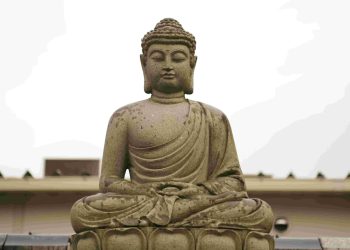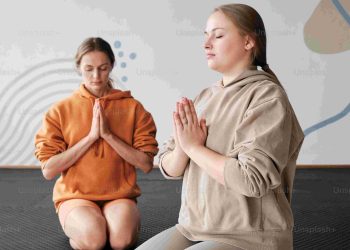Effective Meditation Techniques for Stress Relief
In our fast-paced world, stress has become a constant companion for many. We often juggle multiple responsibilities—from work deadlines to personal demands. It is no wonder that meditation, a practice steeped in tradition and rich in potential, has gained popularity as a powerful antidote to our modern stressors. But meditation isn’t just about sitting quietly; it’s a dynamic process that can be tailored to meet our unique needs.
Personal Journey into Meditation
My first experience with meditation was a struggle. I remember sitting cross-legged on the floor, the mind buzzing with incessant thoughts and worries—did I forget to send that email? How would I meet the expectations at work? Yet, amidst this chaos, I discovered a gentle whisper of peace through focused breathing. This initial hurdle transformed into a gateway of understanding, leading me to explore various meditation techniques as means of not just reducing stress but enhancing my overall quality of life.
Broadening the Perspective: Stress in Society
As we analyze the societal implications of stress, it’s evident that we are collectively in a health crisis. The World Health Organization has pointed out that mental health issues linked to stress are on the rise. Our reaction often involves jumping on the latest wellness trends—yet, what if the solution lay in age-old wisdom? Meditation serves as a bridge to connect personal well-being with societal sanity.
Challenge Traditional Wisdom
While many believe that the path to real productivity means pushing harder and longer, I argue that a strategic pause through meditation can lead to more profound insights and creativity. The common adage, ‘No pain, no gain,’ might be sabotaging our potential for success. Instead, by integrating short meditation sessions into our workday, we cultivate a mindset that fosters innovation, reducing reactivity to stressors.
Integrating Insight from Various Fields
When examining meditation through the lenses of psychology and philosophy, we find compelling justifications for its vital role in stress management. Psychological theories emphasize emotional regulation, while philosophical perspectives explore mindfulness and presence. Combining these disciplines fosters a holistic view of meditation’s benefits, creating a compelling case for integrating it into daily routines adeptly—it’s not merely about inhaling and exhaling, but about embracing presence.
Creating Future Norms Around Stress Management
In a world increasingly driven by technology, the future of stress management could see meditation becoming as routine as checking our email. Various organizations are beginning to recognize the value of employee well-being and are implementing meditation programs. As these practices gain traction, we might eventually see a workplace culture where productivity and mental health flourish side by side, integrating mindfulness into the corporate ethos.
Practical Techniques for Beginners
For those new to meditation, starting can feel daunting. Here are some practical techniques to ease into the practice:
-
Guided Meditation:
Utilize apps or online resources that offer guided sessions, providing structure and support as you begin. -
Breathe With Intention:
Set a timer for five minutes, focusing solely on your breath, acknowledging thoughts but letting them drift away. -
Body Scan:
Close your eyes and mentally check in with your body, releasing tension in each part as you focus. -
Walking Meditation:
Combine mindfulness with motion by focusing on the sensation of each step during a quiet walk.
Vivid Imagery and Metaphors
Picture a serene lake, its surface smooth and undisturbed, reflecting the clouds above. This is your mind when engaged in effective meditation—peaceful and clear. Just as waves can disturb the tranquility of the lake, stressors in life can disrupt our mental equilibrium. By learning to navigate these currents through meditation, we create a safer harbor within ourselves.
The Value of Continuous Learning
Engagement with meditation is not just a finite effort; it’s a lifelong journey. As we explore different techniques, read diverse literature, and possibly attend workshops, we grow in our understanding. Each encounter with new practices can illuminate our path, revealing unexpected depths to our resilience. It’s an investment in ourselves that pays dividends in peace and clarity.
Actionable Steps for Change
As you ponder your own relationship with stress, I challenge you to take concrete steps. Start with a single minute of mindfulness tomorrow and gradually build on it. Consider sharing your experiences with friends or coworkers; establishing a group can create camaraderie and enhance accountability. Even journaling about your feelings before and after meditation can bring clarity to your journey.
Critical Thinking on Mainstream Views
It’s essential to remain skeptical of the mainstream narrative surrounding stress relief. Many self-help solutions promise quick fixes, but the reality is often more nuanced. Meditation doesn’t offer a magic wand; instead, it encourages us to lean into discomfort and acknowledge the roots of our stress. This conscious awareness nurtures growth, leading to genuine transformation.
Structure to Foster Understanding
In presenting a structured guide to meditation, we have broken down its complexities into manageable pieces. By utilizing headings, lists, and vibrant imagery throughout, we facilitate an understanding that resonates. It’s a pathway leading to enlightenment and personal development.
Drawing from Renowned Thoughts
As Thich Nhat Hanh beautifully expressed, “Smile, breathe, and go slowly.” This encapsulates the essence of meditation—a moment of simplicity in our hectic lives that reminds us to savor life rather than rush through it.
Completing the Loop
Stress may seem inescapable, but by embracing the practice of meditation, it transforms from a formidable adversary into a manageable component of our lives. It’s not merely about avoidance but about developing tools for resilience. With each practice, we reflect not just on our inner world but also on how we engage with the broader tapestry of life. Let us commit to not just being busy but being mindfully present, fostering productivity that emerges from a place of calm and clarity.










